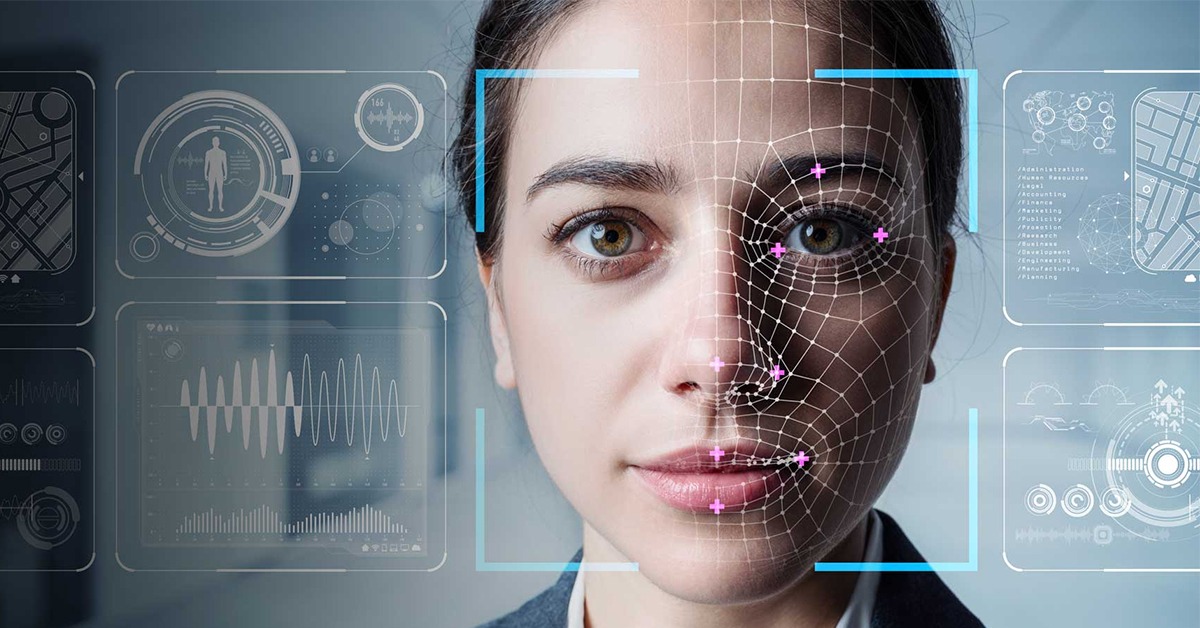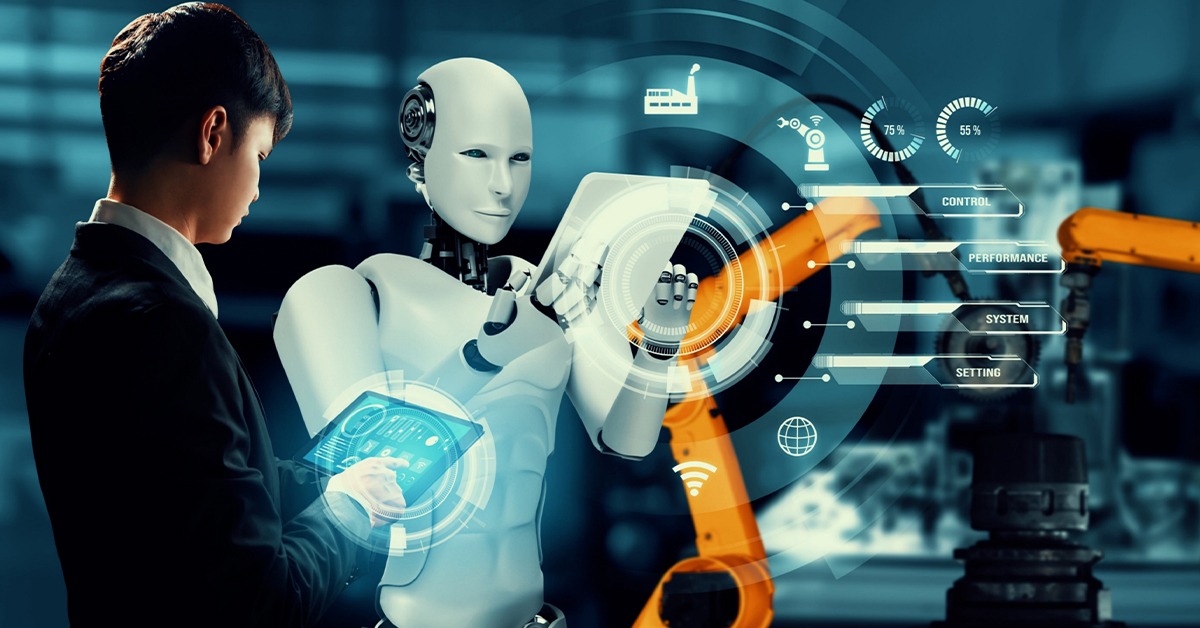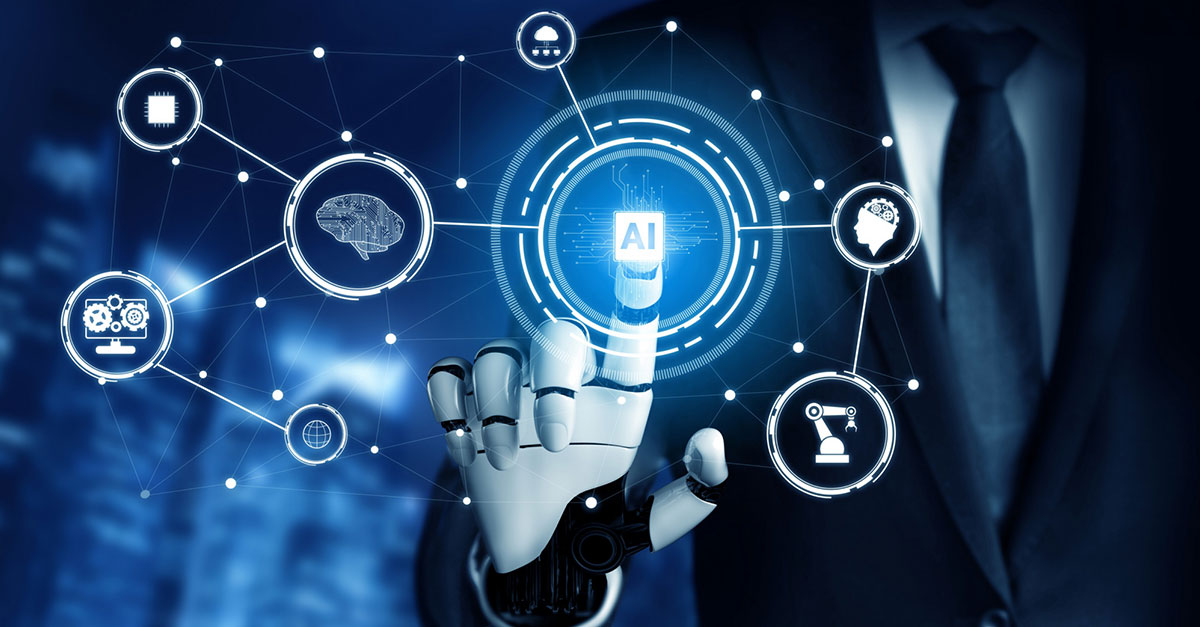I can take a safe bet that many of you reading this blog know a bit or more about Artificial Intelligence (AI). It’s not just a tech buzzword. We have a brush with AI in our day-to-day lives even though we may not realize its presence. AI is there in our smartphones and in our cars. It has crept into our social networks, our workspace and our living rooms too. But many of us haven’t opened up to the disruption AI is brewing. What if I claim AI can do more than mimic human intelligence? And, create some great content? Don’t you find it believable? Just check into thispersondoesnotexist.com and generated.photo. Here, you will find umpteen images of people who never existed, yet they look so real. Yes, this is possible. Generative AI is making it happen.
Dredging More On Generative AI
Generative AI is the technology that uses Machine Learning (ML) algorithms to create new artefacts from existing content like text, images and videos. Gartner has listed Generative AI as one of the Top 12 technology trends for 2022 and beyond. And forecasts that in the next three and a half years, generative AI will account for 10 per cent of all the data produced compared to less than one per cent now.

What Generative AI does isn’t real for sure. However, it tricks the user into believing that it’s real. You can relate easily if you recall the recent ‘Not Just a Cadbury Ad’. Created by AI company Rephrase.ai, the ad used Generative AI to make the digital avatar of Bollywood heartthrob Shahrukh Khan. This digital clone would enable thousands of small businesses and store vendors to create customized ad campaigns featuring the celluloid star.
What Makes This Niche Tech Work?
Generative AI Tech mainly works on the Generative Adversarial Networks or the GAN model. In this model, there are two neural networks whose function is to oppose each other. One is the Generator which creates fresh content from existing text, images or videos. Its role is to fool the other network- Discriminator into believing that the content is real. The role of the Discriminator is to make sure that the content created by the Generator looks as good as real.
Generative AI is More Capable Than You Imagined…
If you tried the online links I shared at the top of this post, you know that Generative AI can produce real looking snaps of humans. It can do a lot more. One of the promising applications of Generative AI is in image-to-image conversion. Using this tech, you can convert black and white to coloured photos, a photograph to an artistic painting and satellite photos to Google Maps views. You can bank on this technology to upscale image processing capabilities- upgrading low-resolution images to high-resolution ones.

Tackling Challenges to Propel Growth
Like any other immersive technology, Generative AI comes with its attendant risks. The technology can be misused by fraudulent people to create fake videos, spammy content and misleading news. Generative AI algorithms require an enormous amount of training data to perform tasks. Also, in some models of Generative AI like GANs, it is not easy to control their behaviour. They perform unstably and generate an unexpected outcome. Plus, there are the usual privacy concerns. For instance, neural networks can create a video of a person speaking based on a single photograph!
Despite the concerns, Generative AI is the Next-Gen Tech replete with promises. To stave off the risks posed by AI, we still need AI. Think what a disruptive impact this technology can have on the way brands connect with customers. For corporates, Generative AI could reset the contours of employee engagement. It can create digital avatars of CEOs and CFOs who can interact with every employee- a thing not so feasible in real. So, whether it’s AI over AI or AI+ another niche tech, the right permutations can push the boundaries of the possible.


























































We will verify and publish your comment soon.